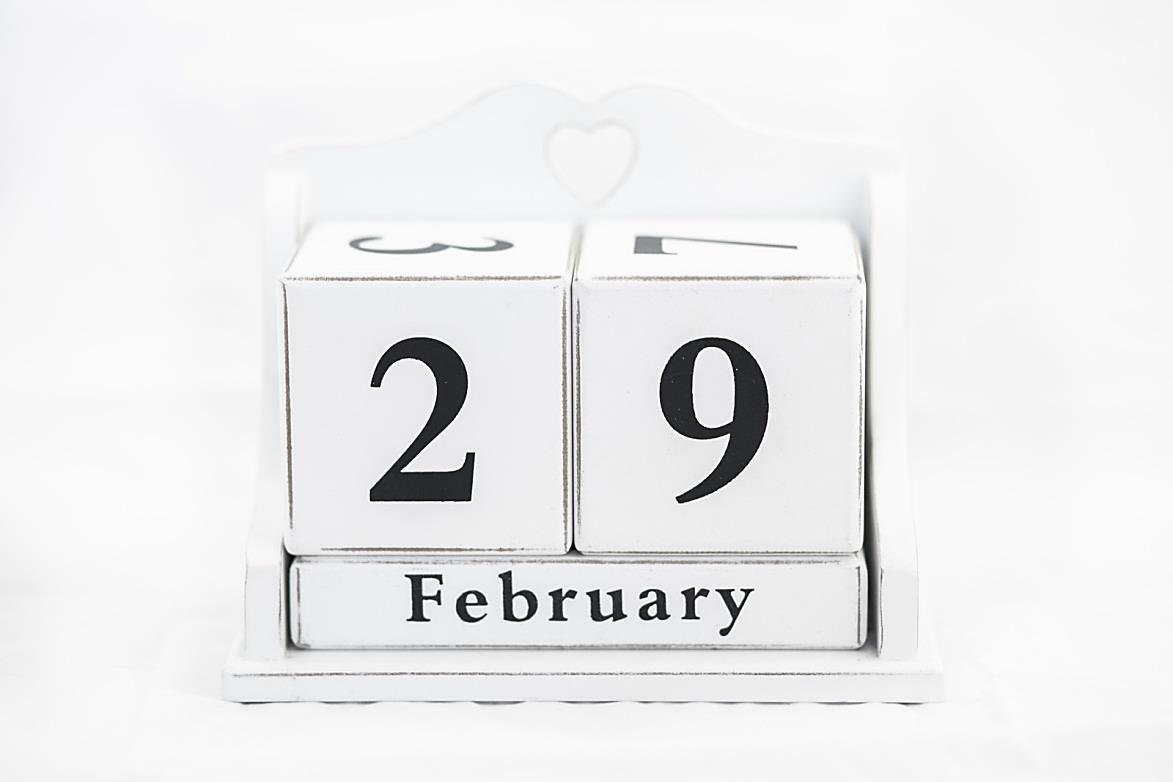
by Fern Shaw | Feb 29, 2016 | water cooler
What is Leap Year exactly?
Simply put, it’s basically a catch-up day once every four years due to the disparity between the solar system and the Gregorian calendar.
A complete orbit of the earth around the sun takes exactly 365.2422 days to complete, but the Gregorian calendar uses 365 days.
So leap seconds – and leap years – are added as means of keeping our clocks (and calendars) in sync with the Earth and its seasons. Well, who knew! (Now you do).
Never mind all the factual stuff, what does it mean to me and others born on the 29th of February?
Well, the chances of having a leap birthday are one in 1,461. So, you and your kind (oft referred to as ‘leaplings’ or ‘leapers’) number about 4.1 million people around the world. In non-leap years, many leaplings choose to celebrate their birthday on either February 28 or March 1, while purists stick to February 29 for the occasion.
I’m a single grown adult male humanoid – should I be afraid today?
Perhaps. If you’re wondering why you might be afraid, it’s because the 29th of February means that traditionally this was a day that the popping the question falls to the women.
There are a number of theories about where this tradition originated, one being that in the 5th Century’, an Irish nun, St Bridget apparently complained to St Patrick that women had to wait too long for their suitors to propose. St Patrick then supposedly gave women the chance to ask the question every four years.
In Scotland, an unmarried Queen Margaret allegedly enacted a law in 1288 allowing women to propose on leap-year day. But there was a catch: The proposer had to wear a red petticoat (a skirt under her skirt) to warn her intended that she planned to pop the question.
In Denmark, if a man turns down a proposal they must give the woman 12 pairs of gloves and in Finland the penalty is fabric for a skirt.
Personally I think I’d be rather flattered if someone popped the question to me on this rather rare day. If you don’t find the idea flattering, then can I suggest that you avoid the water cooler area today – especially if you see any women lurking about wearing a red petticoat.
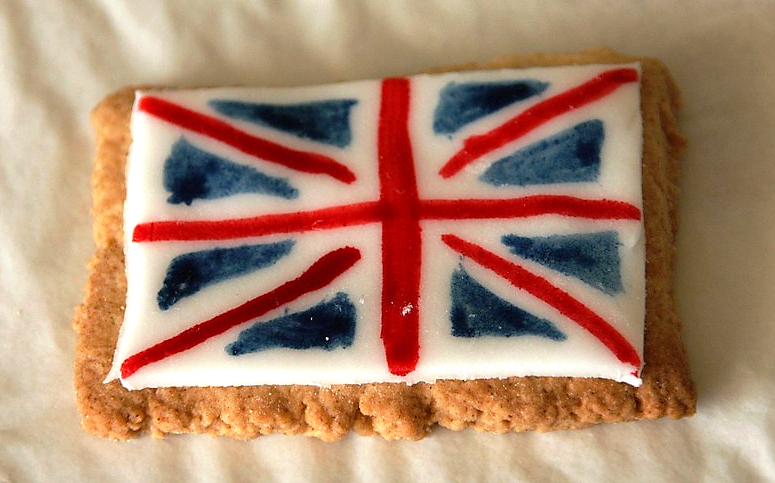
by Fern Shaw | Feb 29, 2016 | Uncategorized
*Figures charting the UK’s changing food-buying patterns since 1974 have been released. So what’s changed since then?
Data from 150,000 households who took part in the survey of their food and drink habits from 1974-2000 has been published by the Department for Environment, Food and Rural Affairs (Defra).
It comes from the National Food Survey, which in 1940 began asking households to fill out diaries of their weekly food and drink purchases.
Less white bread, less full-fat milk
Purchases of white bread have dropped 75% since 1974, according to the survey, while those of brown and wholemeal bread have risen by 85%. Skimmed milk overtook whole-fat milk in the 1990s and British households now drink four times as much.
The fall of liver
People used to really like eating liver. In 1974 a typical household bought 36g of it per week. But not by 2014. Then the figure had fallen to just 3g – a 92% drop. Offal – familiar to a wartime generation that eschewed waste – had fallen out of favour among younger, more squeamish Britons. Can we hear a hey-eyyy? (Dry liver for tea / dinner growing up – ugh!)
The Italianisation of British meals
Italian-style cooking is widespread today. But dried and fresh pasta was not even recorded on the National Food Survey until 1998. Between then and 2014, weekly household purchases in this category more than doubled.
Pizza (frozen and not frozen) rose even more dramatically, with average purchase from 2g per week in 1975 to 53g in 2014. The amount of takeaway pizzas bought per household shot up 1,000% over the same period.
Different fish
The traditional accompaniment to chips has fared differently. A typical household bought 44g of white fish (fresh, chilled or frozen) per week in 1974. While it still remained the most popular fish choice, 40 years later that figure was just 19g.
But other types of seafood did better. Shellfish purchases rose fivefold, and those of salmon by 550%.
Decline of tea
Surprising though it may appear to inhabitants of any workplace where tea runs remain an integral part of the daily routine, consumption of the UK’s preferred hot drink has declined steadily since 1974.
Back then, the average household bought 68g per week. By 2014 that had fallen to 25g. While tea remained more popular than instant coffee, cocoa and malted drinks, its reported weekly purchases had experienced almost a two-thirds fall.
More chips
The preferred form of potato remains the chip. Reported purchases in the category ‘chips (frozen and not frozen)’ were three times higher in 2014 than in 1974. In a blow to the chip shop industry, however, households reported buying a third less takeaway chips over the same period.
So there you have it. It’s in with chips, fresh fruit and dried pasta. Out is white bread, tinned peas (thank heavens!) and meat paste. Personally, I’ll be sticking to my piping hot cuppa tea (at least 4 of every day) and my bikkies to dunk.
*excerpts from an article at BBC Magazine
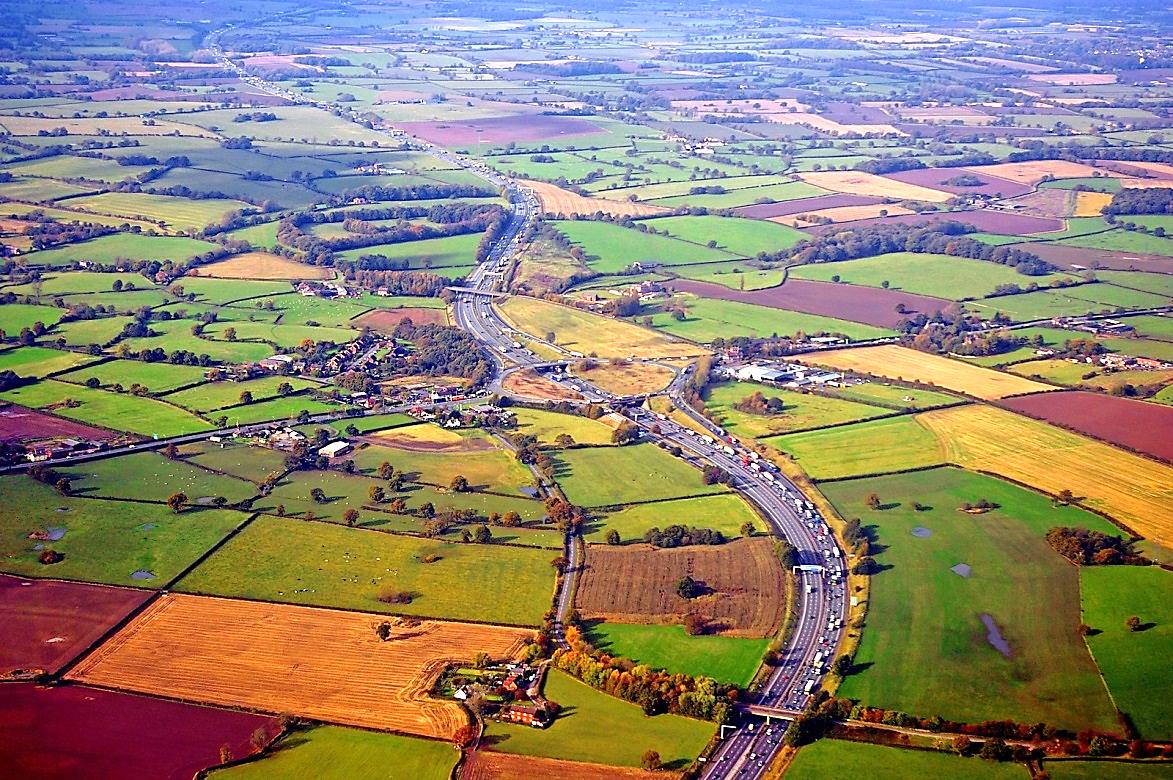
by Fern Shaw | Feb 29, 2016 | Health and Hydration
Two weeks ago I was blathering on about how simple it is to effectively reduce vehicle incidents on the road by instituting driving hydration (and no, this doesn’t mean hydration through drinking your favourite alcoholic tipple and then roaring off down the M1). I tacked the article onto the AquAid FB page and was interested to see the great response it received.
I suppose there are a lot (as in millions, not thousands) of us little humanoids that may take their water hydration very seriously, but there’s perhaps one area where we fall short, and that’s when we get on the road and a driving we will go.
There’s always talk about making sure you’ve had enough rest when you’re about to embark on a road trip or that you’ve eaten well (so you don’t faint while driving and so that your body has sufficient fuel (aha!) for the trip); we do carry on (rightly so) that you shouldn’t be drinking the devil drink before or during driving, but on occasion it seems, we don’t attach enough importance to a very simple solution that will keep most of us bright eyed and bushy tailed whilst travelling and that solution *drumrollllll* is making sure that we’re sufficiently hydrated when driving.
The results from a variety of studies have borne this information out to be true. If you drink sufficient water (alongside with all the other recommendations – sufficient rest, sufficient food, not taking any medication that’ll make you drowsy [so, yes, that cold flu stuff you’re glugging back is a definite NO]) you will be safer (and consequently will keep other road users safer) while driving.
So perhaps this trend is not so much a trend (we hope) but just a rather simple and clever way, borne out by research, to keep you and other road users (we salute you all, those that drive for a living) alert and focused while you criss cross the length and breadth of the country, happily driving and hydrated.
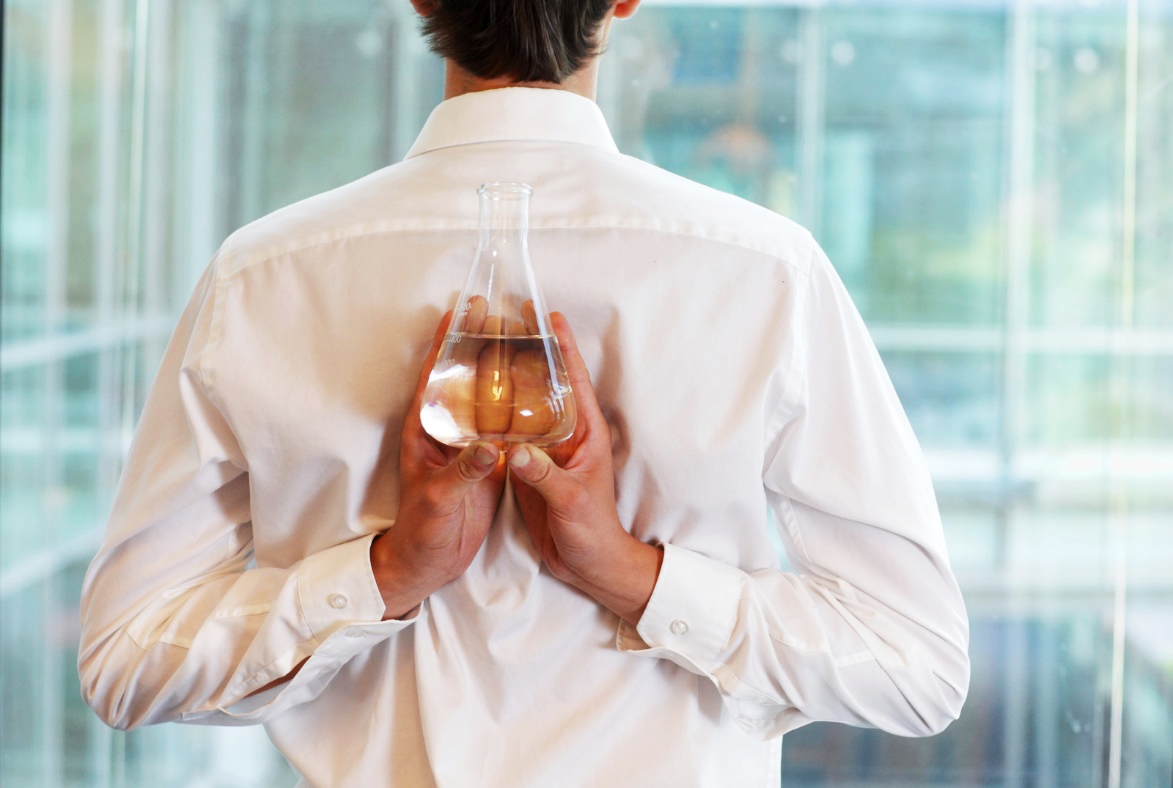
by Fern Shaw | Feb 24, 2016 | water cooler
Two summers ago, I blogged about keeping yourself tuned and fit while at work. Now, apparently it’ll be spring in a few weeks but for the moment it looks like we’re really still in the grip of winter. Despite this rather chilly weather, now is a good a time as any to get on the ol’ treadmill (so to speak) and intersperse your slothfulness in the office with some get routines that’ll have you fit and ready for when you’ve shed your winter gear (and hibernation habits).
Here are a few to try out:
The Office Genie: Want to add a little magic to the workday? Raise the legs into a criss-cross applesauce position while seated in a chair. With your hands on the armrests, push upwards to raise the body off the seat and remain floating for 10-20 seconds. Release back down to the chair, rest for a minute, and repeat. Caution – test the strength of chair arms with your legs unfolded first – you don’t want to be pretzled into a position and then your chair collapses.
The Shoulder Shrug: Not recommended for board meetings (unless you’re really on the fence). Simply raise both shoulders up toward the ears, hold for 5 seconds, and then relax. Repeat for 15 reps.
The ‘Wheeee’+ Desk Chair Wheel: Go ahead, play with your wheelie chair (everyone wants to!). While seated in a chair with wheels, position yourself at arm’s length from a desk or table and grasp its edge with your hands. Next, engage the core*, raise the feet slightly off the ground, and pull with your arms until the chair slowly rolls forward and your chest touches the desk’s edge. Then roll back by pushing away, with the feet still raised. Repeat 20 times, or until you burn holes into the carpet. *engage the core essentially means shoulders down and back; spine straight and lock your stomach and pelvic muscles.
The Stair Master: Want to avoid lift small talk in favour of elevating the heart rate? Take the stairs! Accelerate on the straight-aways and take two at a time every other flight for a real leg burn.
The Last (Wo)Man Standing: Sure, standing around isn’t exactly traditional exercise, but research shows it’s got more than a leg up on sitting. After all, long periods of sitting are linked to increased risk for diabetes, obesity, and cardiovascular disease, whereas standing significantly increases your daily caloric expenditure. Stand whenever you can, and consider roping in other colleagues to have standing meetings too.
Last (wo)man standing can, of course, be easily held when you head off to the water cooler to replenish your water (that you will really need to be drinking more than usual if you’re going to be starting up with these wonderful get fit ideas).
I’ll see you on the common beginning spring with your shorts on at this rate!
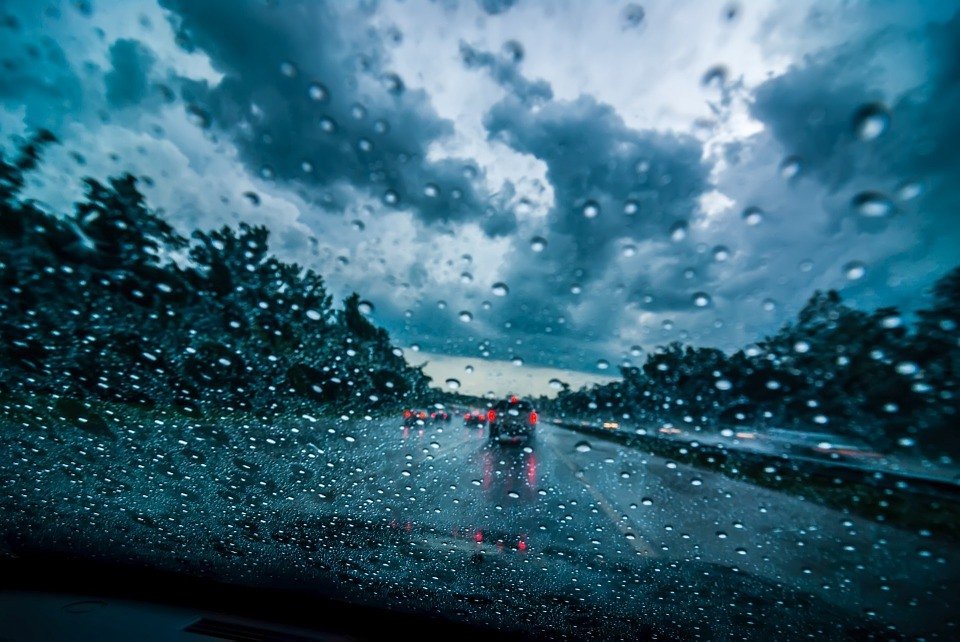
by Fern Shaw | Feb 18, 2016 | Health and Hydration
A while ago I wrote about a slight accident I had while driving a friend’s car, entitled A Funny Thing Happened on the way to the Water Cooler. The blog was all about irony, karma, call it what you will.
I’ve also mentioned day-time fatigue that’s brought on by not drinking sufficient water. You don’t need to take my word for it though, honestly; there are reams and reams of research that clearly indicate the link between performance and hydration.
More recently, I’ve been thinking about the amazing drivers on our roads (said in all seriousness, can you Adam and Eve it) ranging from delivery drivers, cab drivers, bus drivers, and couriers through to emergency services drivers and all of those in-between.
If you think about it, when you’re driving on the road you need to be at your peak, especially if you take extended trips or driving is your job! But in today’s world with more and more vehicles on the road; time being of the essence; working long hours and a number of other contributing factors affecting one’s concentration when driving; it’s not always possible to be fully alert.
But what does keeping hydrated have to do with safe(r) driving, if anything?
Well, extensive research into driving and hydration for one has shown through studies there’s a marked difference in driving performance between a hydrated and dehydrated driver.
It’s also been proven how driving and hydration are vital in reducing vehicle incidents. During this study, it became apparent that, ´… mild dehydration is equal to a 1% drop in hydration levels, the level at which the sensation of thirst is experienced. Previous studies have shown that more severe dehydration reduces cognitive performance even further, thus potentially resulting in an even higher amount of driver errors. GP studies show that up to 60% of the workforce going to work remain dehydrated throughout their working day.’
Food (or water) for thought, methinks. Perhaps it’s a good idea to ensure that you remember to drink enough water prior to setting out on the road, and not just while you’re at home, in the office, or perambulating along. Toot, toot!





